September 29, 2020
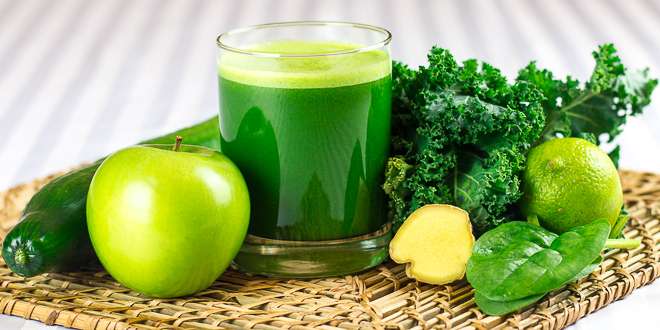
In the diet and nutrition world, a cleanse or detox on eating clean is every bit as popular as any flavour-of-the-month fad diet. And like many fad diets, unfortunately it can be quite extreme, and therefore kind of scary. But does it have to be?
There’s no standardized way to cleanse or detox. It’s typically just a structured diet of sorts, with different recipes or variations of foods and drinks. The foods are chosen for their natural state, an absence of any harmful or artificial ingredients, an abundance of restorative properties, and for their ability to support detoxification systems. Also included are various herbs and supplements known to aid the elimination organs (see lists below).
There is sound theory behind cleansing the body which has been used for centuries by many cultures: to remove accumulated toxins and waste products from the body, to restore vitality, and to reduce illness.
But even among experts in the field, there are conflicting opinions as to the need and benefit of it. Some will argue that the body is naturally designed to process and effectively remove toxins through the liver, kidneys, colon, skin, lungs, etc. Others argue that with the increase of unhealthy exposures in our world today, our bodies can’t keep up, and therefore accumulate a build-up residual toxicity..
Some cleanse or detox programs (these two words are used interchangeably) aren’t simply about eating clean, instead, they’re very restrictive. Some recommend only water or other liquids for a period of time (usually 2-14 days). And these extreme programs are where the hazards lie.
These cleanses may have an important place in nutritional therapy for specific conditions under the guidance of an experienced professional. However, all too often people partake in these extremes for the sole purpose of weight loss. Because of how extreme these “diets” often are, they’re hard on the body. They’re also very difficult to comply with which increases the likelihood of not succeeding with the diet to reap the desired benefits (certainly not long-term anyway). They often result in rebounding with additional weight gain and/or health issues.
Some of the potentially dangerous side effects of an extreme cleanse are:
Very low protein intake disrupts hormone balance, energy levels, neurotransmitter production, and the immune system.
Restricted total calories and food groups can result in blood sugar instability—not good for someone with diabetes or prone to dysglycemia or mood disorders.
People taking certain medications must use caution with some extreme cleanses. For example, the high vitamin K in green juices and excessive greens consumption can reduce the efficacy of some drugs, while grapefruit can reduce the body’s ability to metabolize dozens of different drugs.
The laxative effect of extreme cleanses can lead to dehydration, deplete electrolytes, and increase risk of injury to muscles and joints. The digestive detoxing can also disrupt intestinal bacteria flora and be counter productive to someone who has impaired bowel function.
Extremes in dieting can perpetuate body image, weight instability, and disordered eating.
WHAT ABOUT THE TOXINS?
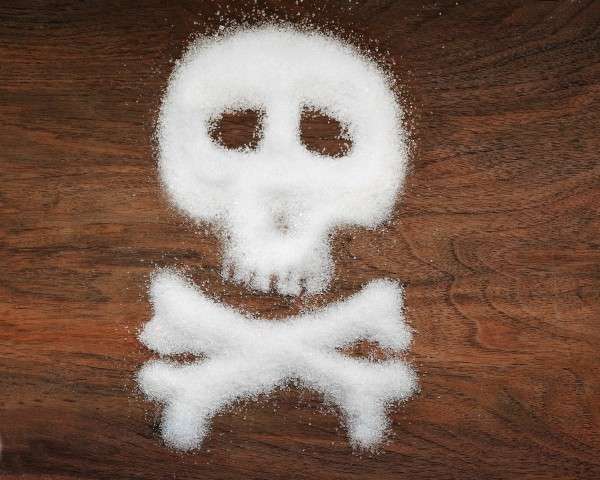
But wait, let’s go back and talk about those toxins and how we are exposed to them. As defined by the Merriam-Webster dictionary,
- toxic means “containing or being poisonous material especially when capable of causing death or serious debilitation”
- a toxicant is simply “a toxic agent”
- a toxin is “a poisonous substance that is a specific product of the metabolic activities of a living organism and is usually very unstable, notably toxic when introduced into the tissues, and typically capable of inducing antibody formation”
That’s a lot of science I know! I’ll translate a little. We all want to avoid toxic effects that can cause death or serious debilitation. This means we want to avoid toxicants, which are toxic agents.
FUN FACT: A toxin is basically a natural toxicant (produced by metabolism) that has toxic effects. So, yes, it’s confusing because most people use the word “toxin” when in fact they mean “toxicant” (any substance that can cause death or debilitation—natural or artificial).
*You heard it here at Mipstick first, folks!
In a nutshell, toxicants (often incorrectly referred to as “toxins”) increase the risk of illness and disease.
Toxicants can include:
- Environmental air pollution
- Overly chlorinated water
- Cleaning agents, chemical exposures
- Smoke
- Medications
The highly processed foods and drinks we consume that contain refined sugar or artificial additives like colours, flavours, or preservatives also contribute to illness and diseases such as obesity, diabetes, and heart disease.
The above are just some of the many things that science has repeatedly proven to have disruptive effects on the body and its vital functions.
So there’s no denying the toxicity our modern world has on the body, especially for those with poor diet and lifestyle choices.
And therein lies a crucial key to keeping the body clean:
** DON’T DIRTY YOUR BODY UP IN THE FIRST PLACE! **
That brings us to the next important aspect to talk about: eating clean—another big buzz word often thrown around. If toxicity can come from artificial, refined, polluted or dirty diet and lifestyle choices, then it’s only logical that to avoid or remove toxicity requires a clean diet and lifestyle, right?
Are you still with me?
Okay, so pretty simple: just eat clean food and live a clean lifestyle. Easy to do, right?
Not so much. I understand.
Optimal wellness is about balance. Even the best-intentioned healthful people will periodically be exposed to dirty food or other exposures. The question then is,
How extreme do you need to be to “cleanse” the excess toxicity from your body?
Well, if you didn’t know before reading this, you’ve probably gathered that I am one of those nutrition practitioners who has a natural, sustainable approach and avoids extremes whenever possible. So my answer is yes, detox naturally and safely every day by eating clean, simple, unprocessed, real food that’ll help your body do its own wondrous job.
.
Cleanse daily by:.
1) Enjoying a sufficient amount and variety of unprocessed, real, whole foods.
2) Occasionally including herbs and supplements to help your body’s natural elimination systems.
3) Limiting your intake of and exposure to toxic, unnatural substances.
This, above all else, will naturally and sustainably cleanse your body and soul.
EATING CLEAN WITH THESE NATURAL FOODS
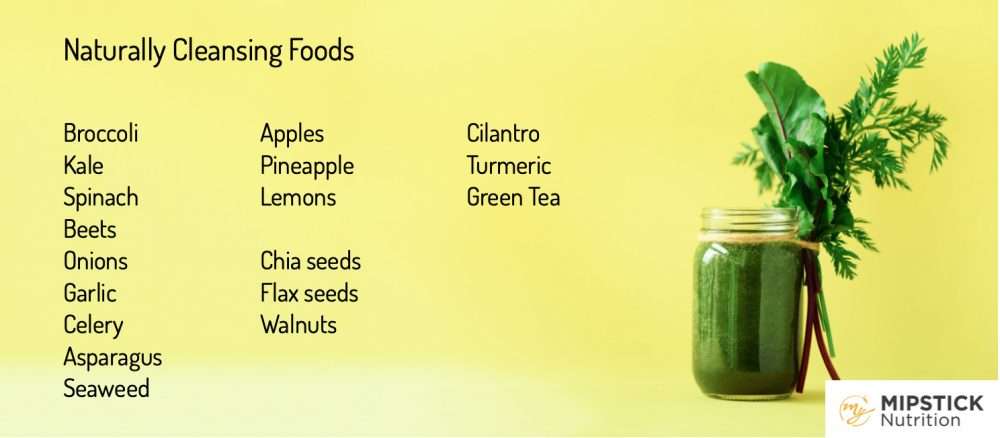
APPLES: Are high in pectin—a special type of fibre that binds to cholesterol and heavy metals in the body. Fibre helps to naturally cleanse the intestinal tract.
BROCCOLI, BEETS, ONIONS & GARLIC: These and other sulfur-containing cruciferous vegetables (cauliflower, cabbage, Brussels sprouts, spinach, kale) help the body to produce the master anti-oxidant to protect our bodies from dangerous toxicants: glutathione. Glutathione is an amino acid that is crucial for detoxification in the liver. Your body produces its own glutathione from the sulfur that you consume so that’s why these are key to a clean eating program. Studies show that exercise also boosts glutathione production in the body (although overtraining can reduce production).
BEETS: Contain the fibre pectin. They also contain betaine and betalains which are pigments with high anti-inflammatory properties that encourage the detoxification process.
CELERY: Claims to cleanse the blood and is particularly good for detoxifying substances found in cigarette smoke.
LEMONS: Like crucifers mentioned above, lemons also help the body produce glutathione. In addition, they’re rich in vitamin C (another antioxidant to combat toxicity) and stimulate digestive and liver-cleansing functions.
SEAWEED: A study done at McGill University in Montreal showed that Sargassum seaweed can bind to radioactive waste in solution.
CHIA SEEDS: These tiny high-fibre seeds are the perfect gut cleansers. When soaked in water for a few minutes they plump up and turn into a jello-like substance that helps flush out the stomach (especially great for those with intestinal imbalance or prone to constipation). Get our recipe for homemade strawberry jam made with chia seeds!
ASPARAGUS: A natural diuretic that helps with liver drainage.
FLAXSEEDS: Provide fibre that helps to bind and flush out toxicants from the intestinal tract. Flax also helps to suppress the appetite and supports weight loss.
PINEAPPLE: Contains bromelain, a naturally-occurring digestive enzyme that helps to cleanse the colon. Raw pineapples have almost as much Vitamin C as oranges!
WALNUTS: A high omega-3 anti-inflammatory brain-helping food. Walnuts also have high levels of the amino acid arginine, which aids the liver in detoxifying ammonia.
DETOX HERBS & SPICES TO INCLUDE
TURMERIC is another well-known beneficial herb for the liver. Turmeric increases the flow of bile, helping to remove toxicants from the body.
GREEN TEA: A study reported by the American Association for Cancer Research found that the catechins found in green tea increased production of a group of important detoxification enzymes (glutathione S-transferases) by as much as 80 percent. Drink a cup a day.
GARLIC contains sulfur compounds such as allicin that oxidize heavy metals, making them more water-soluble and easier to remove from the body. Garlic has numerous other benefits that can help strengthen your detox system, the immune system, and control free radicals. If eating garlic raw, be sure to cut, crush or bruise the clove to activate its healing properties.
CILANTRO binds to heavy metals such as mercury, cadmium, lead, and aluminum, making it easier to transport them out of the body.
Finally, eating clean put into practise – naturally cleansing & delicious recipes!
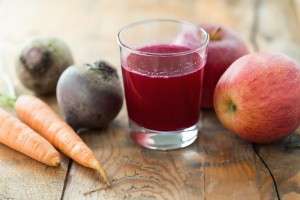
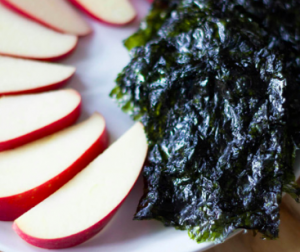
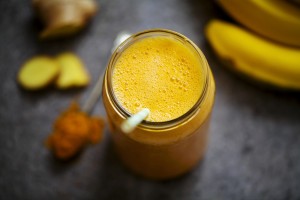
References
American Association for Cancer Research. (2007, August 12). Green Tea Boosts Production Of Detox Enzymes, Rendering Cancerous Chemicals Harmless. ScienceDaily. Retrieved September 28, 2020 from www.sciencedaily.com/releases/2007/08/070810194923.htm
Bailey, D. G., Dresser, G. D. & Arnold, J. M. O. (2013). Grapefruit–medication interactions: Forbidden fruit or avoidable consequences? Canadian Medical Association Journal; 185 :4, 309-316; DOI: 10.1503/cmaj.120951
Compound Interest. (2014). Sourness & Scurvy – The Chemistry of a Lemon. Retrieved from https://www.compoundchem.com/2014/03/03/sourness-scurvy-the-chemistry-of-a-lemon/
Compound Interest. (2014). The Chemistry of Brussels Sprouts: Bitterness & Genetics. Retrieved from https://www.compoundchem.com/2014/12/04/brusselssprouts/
Compound Interest. (2014). What Compounds Cause Garlic Breath? – The Chemistry of Garlic. Retrieved from https://www.compoundchem.com/2014/05/05/what-compounds-cause-garlic-breath-the-chemistry-of-garlic/
Compound Interest. (2016). The Chemistry of Turmeric – Fluorescence, Indicator, and Health Effects. Retrieved from https://www.compoundchem.com/2016/11/30/turmeric/
Compound Interest. (2017). Broccoli colour changes and cancer-fighting compounds. Retrieved from https://www.compoundchem.com/2017/10/19/broccoli/
McGill University Biosorption. (1999). Biosorption and Elution of Uranium with Seaweed Biomass. Retrieved from http://biosorption.mcgill.ca/publication/jy4spain/jy4spain.htm
National Center for Complementary and Integrative Health. (2019, September). “Detoxes” and “Cleanses”: What You Need To Know. Retrieved from https://www.nccih.nih.gov/health/detoxes-and-cleanses-what-you-need-to-know
The Nutrition Source, Harvard School of Public Health. (n.d.). Processed Foods and Health. Retrieved from https://www.hsph.harvard.edu/nutritionsource/processed-foods/
USDA Food Database. (2020). Orange, raw. Retrieved from https://fdc.nal.usda.gov/fdc-app.html#/food-details/786559/nutrients
USDA Food Database. (2020). Pineapple, raw. Retrieved from https://fdc.nal.usda.gov/fdc-app.html#/food-details/786729/nutrients
Eating Clean: The Natural and Sustainable Way
The entire contents of this website are based upon the opinions of Build Holistic Nutrition. Please note that Build Nutrition is not a dietitian, physician, pharmacist or other licensed healthcare professional. The information on this website is NOT intended as medical advice, nor is it intended to replace the care of a qualified health care professional. This content is not intended to diagnose or treat any diseases. Always consult with your primary care physician or licensed healthcare provider for all diagnosis and treatment of any diseases or conditions, for medications or medical advice, as well as before changing your health care regimen.
© BUILD NUTRITION 2025. ALL RIGHTS RESERVED. PRIVACY POLICY
Go ahead, creep us on social. You know you want to!
